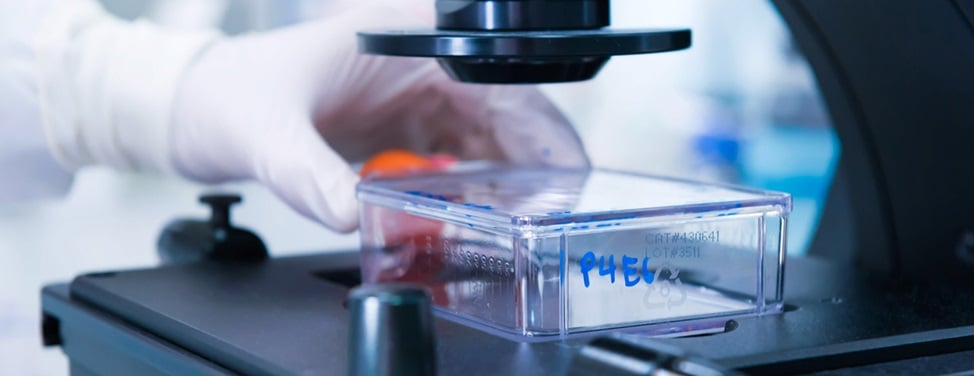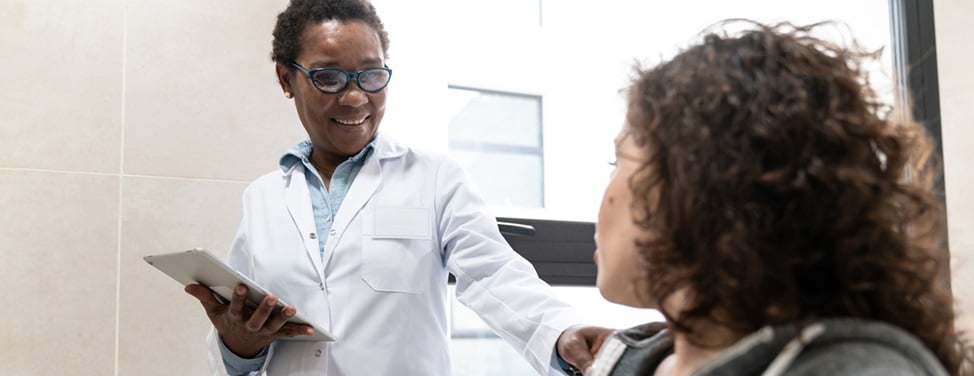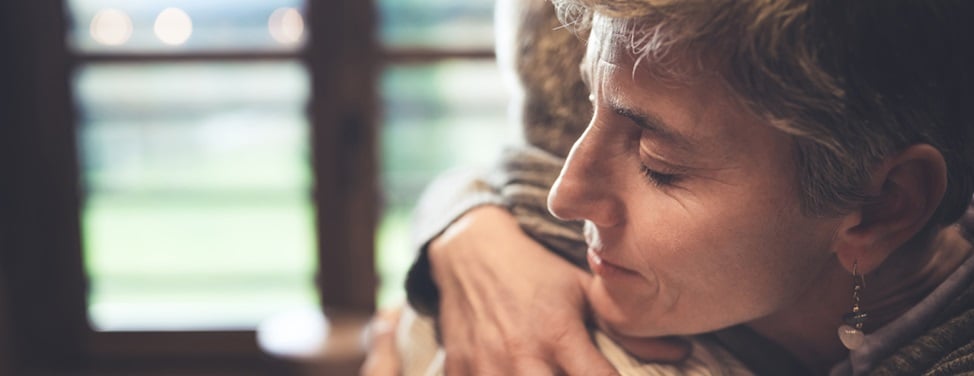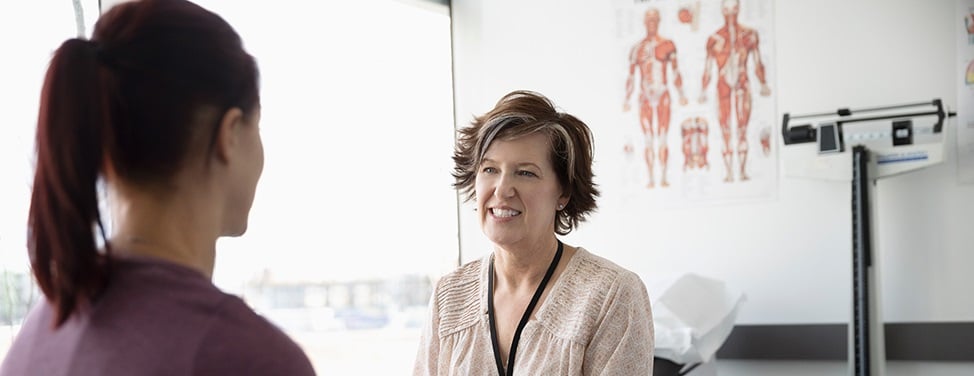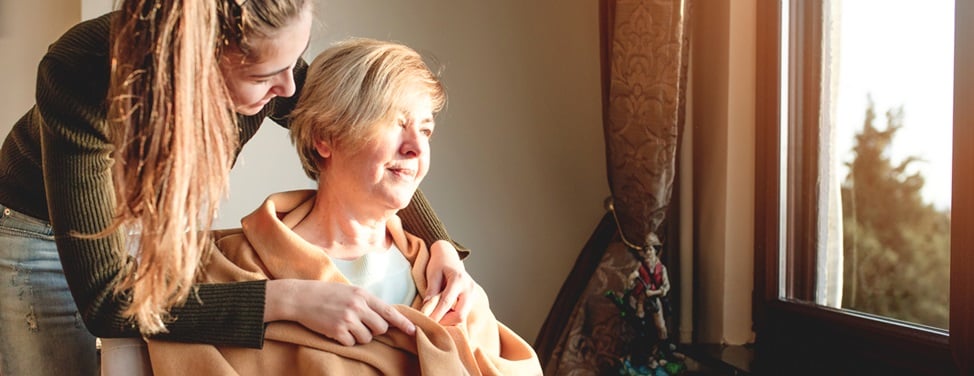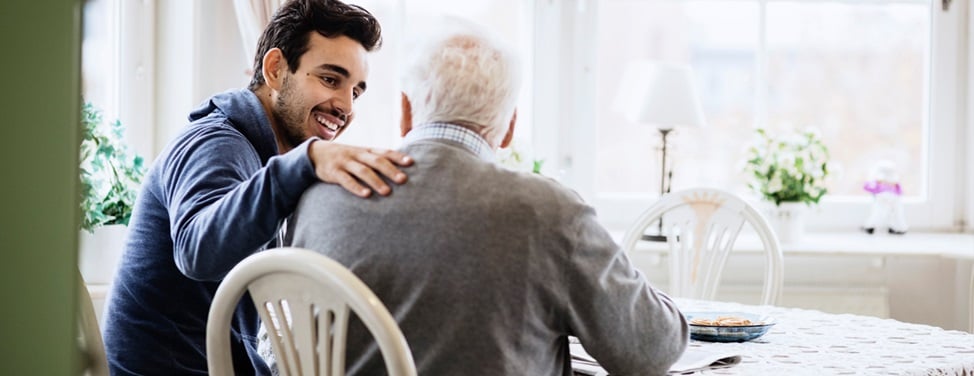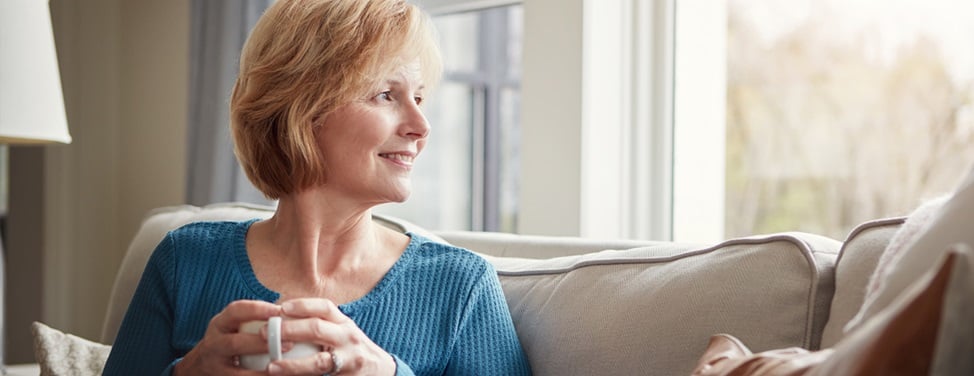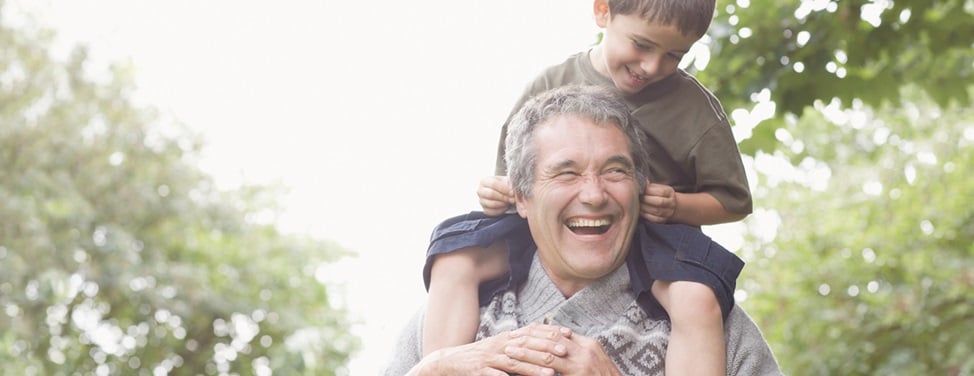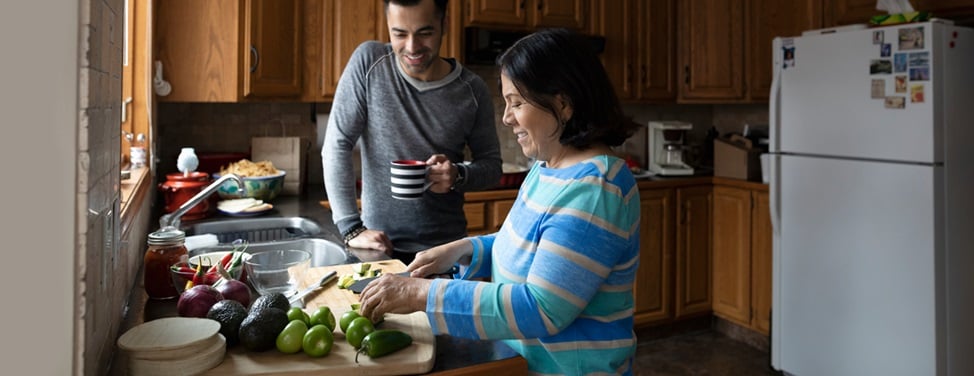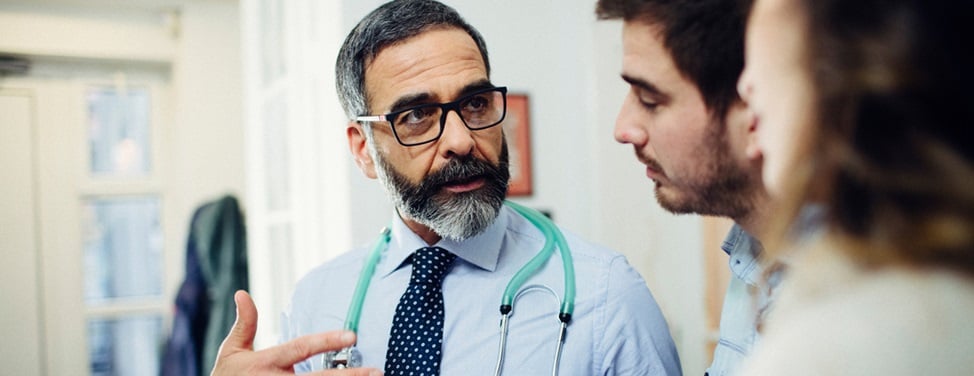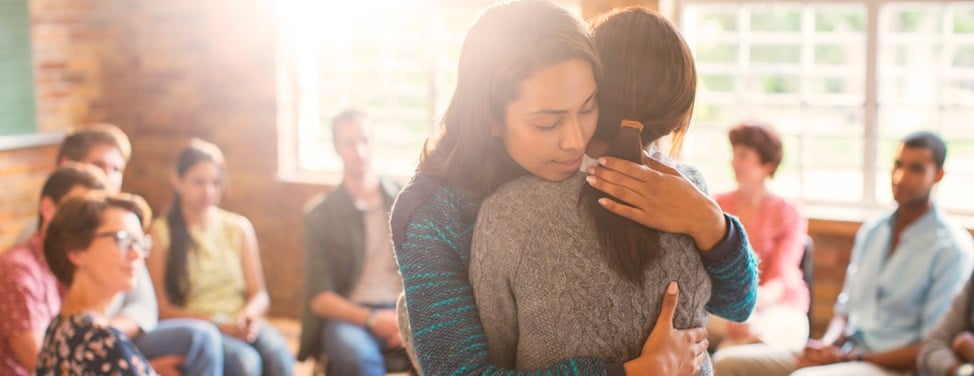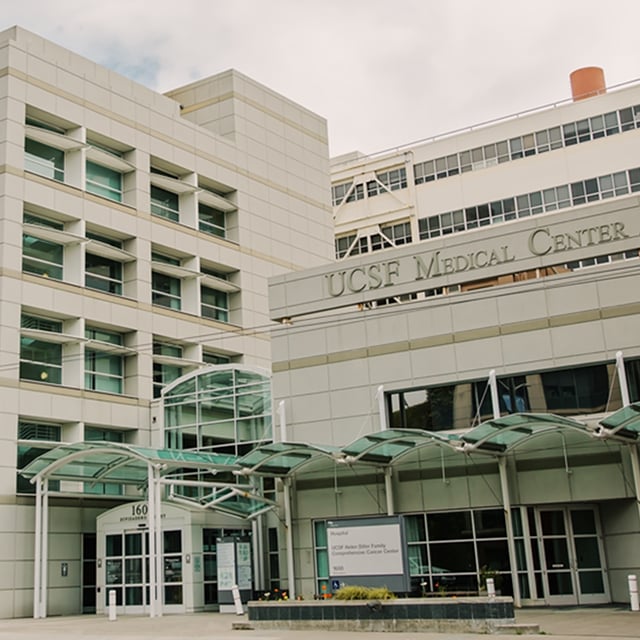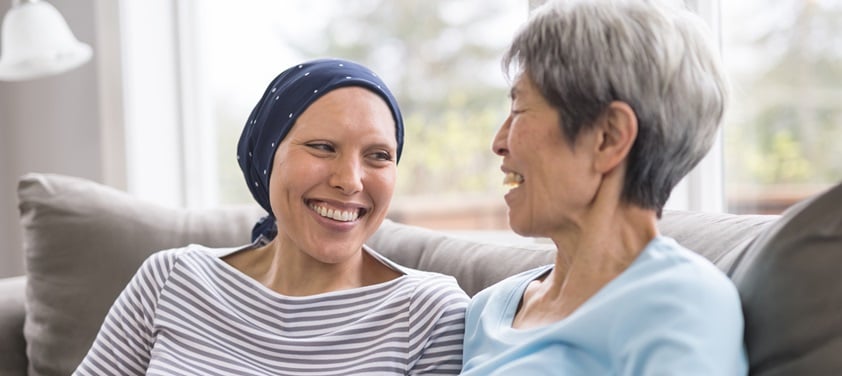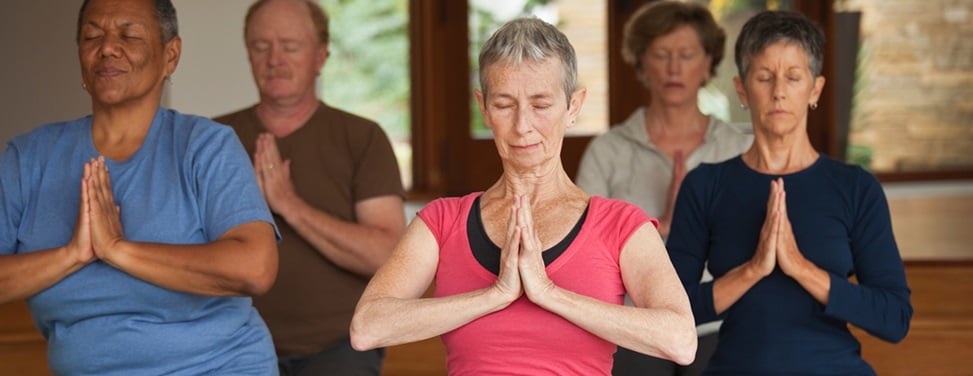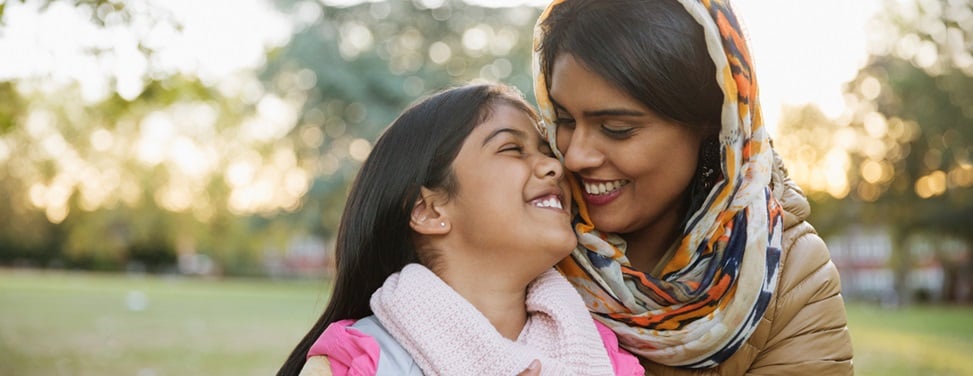Kaposi's Sarcoma

Overview
Kaposi's sarcoma (KS) is a disease in which cancer or malignant cells are found in the tissues under the skin or mucous membranes that line the mouth, nose and anus.
Until the early 1980s, Kaposi's sarcoma was a very rare disease found mainly in older men, patients who had organ transplants or African men. With the AIDS epidemic in the early 1980s, doctors began to notice more cases of Kaposi's sarcoma in Africa and in gay men with AIDS. Kaposi's sarcoma usually spreads more quickly in these patients.
The chance of recovery depends on what type of Kaposi's sarcoma you have, your age and general health, and whether or not you have AIDS. Although KS often responds well to treatment, recurrent disease is common. This means that KS will likely recur after it has been treated. It may come back in the area where it first started or in another part of the body.
Our Approach to Kaposi's Sarcoma
UCSF offers compassionate, cutting-edge care for Kaposi's sarcoma, alongside many support services and access to potential new therapies via clinical trials. Treatments may include surgery to remove the skin lesions; chemotherapy, which may be delivered throughout the body or injected directly into the lesions; radiation therapy; and biological therapy, which helps the body's immune system fight the cancer. Also, for patients who are HIV positive, HIV drugs can slow the lesions' growth or even reverse the condition.
Awards & recognition
-

Among the top hospitals in the nation
-
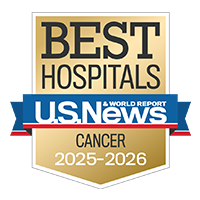
Best in California and No. 7 in the nation for cancer care
-
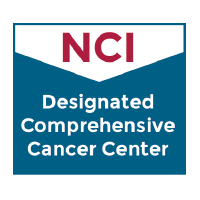
Designated comprehensive cancer center
Signs & symptoms
If there are signs of Kaposi's sarcoma (KS), a doctor will examine the skin and lymph nodes carefully. Lymph nodes are small, bean-shaped structures that are found throughout the body. They produce and store infection-fighting cells. The doctor also may recommend other tests to see if the patient has other diseases.
KS causes red or purple patches, called lesions, on the skin as well as on mucous membranes. It may spread to other organs in the body, such as the lungs, liver or intestinal tract.
Types
Patients are grouped depending on which type of Kaposi's sarcoma they have. There are three types of Kaposi's sarcoma:
- Classic Classic Kaposi's sarcoma is often described as occurring mainly in older men of Jewish, Italian or Mediterranean heritage. However, it also is relatively more common throughout much of sub-Saharan Africa, South America, the Middle East and the former Soviet Union and Eastern Europe than in Western Europe and the United States.This type of Kaposi's sarcoma progresses slowly, sometimes over a period of 10 to 15 years. As the disease gets worse, the lower legs may swell and the blood may not be able to flow properly. After some time, the disease may spread to other organs.
- Immunosuppressive-Treatment Related Kaposi's sarcoma may occur in people who are taking drugs called immunosuppresants to make their immune systems weaker. The immune system helps the body fight off infection. People who have had organ transplants, such as a liver or kidney transplants, have to take drugs to prevent their immune systems from attacking the new organs.
- Epidemic Kaposi's sarcoma in patients who have AIDS is called epidemic Kaposi's sarcoma. It usually spreads more quickly than other kinds of Kaposi's sarcoma and often is found in many parts of the body.
Treatments
Four kinds of treatment generally are used to treat patients with Kaposi's sarcoma:
- Surgery to remove the cancer
- Chemotherapy, using drugs to kill cancer cells
- Radiation therapy, using high-dose X-rays to kill cancer cells
- Biological therapy, using the body's immune system to fight cancer
Surgery
Surgery means removing the cancer. A doctor may remove the cancer using one of the following:
- Surgically cutting out the lesion and some of the tissue around it
- Electrodesiccation and curettage to burn the lesion and remove it with a sharp instrument
- Cryotherapy to freeze the tumor and kill it
Chemotherapy
Chemotherapy uses drugs to kill cancer cells. Chemotherapy may be taken by pill or it may be put into the body by a needle in a vein or muscle.
Chemotherapy is called a systemic treatment because the drug enters the bloodstream, travels through the body and can kill cancer cells outside the original site. Because Kaposi's sarcoma is a systemic disease, often developing in several different locations at once, a systemic treatment often is needed.
A safe and fairly effective chemotherapy drug commonly used to treat Kaposi's sarcoma is liposomal doxorubicin, known as Doxil. Chemotherapy for Kaposi's sarcoma also may be injected into the lesion, a treatment called intralesional chemotherapy.
Radiation Therapy
Radiation therapy uses high-dose X-rays or other high-energy rays to kill cancer cells and shrink tumors. Radiation therapy used to be a common treatment of Kaposi's sarcoma but it is a local treatment for a disease that often is widespread. Another limitation is that it can only be used at each location, yet KS tends to recur.
Biological Therapy
Biological therapy tries to get the body to fight the cancer. It uses materials made by the body or made in a laboratory to boost, direct or restore the body's natural defenses against disease. Biological therapy is sometimes called biological response modifier (BRM) therapy or immunotherapy. Interferon can be useful for some patients with KS, especially if their immune systems are relatively healthy.
UCSF Health medical specialists have reviewed this information. It is for educational purposes only and is not intended to replace the advice of your doctor or other health care provider. We encourage you to discuss any questions or concerns you may have with your provider.
Recommended reading
Where to get care (1)
Related clinics (5)
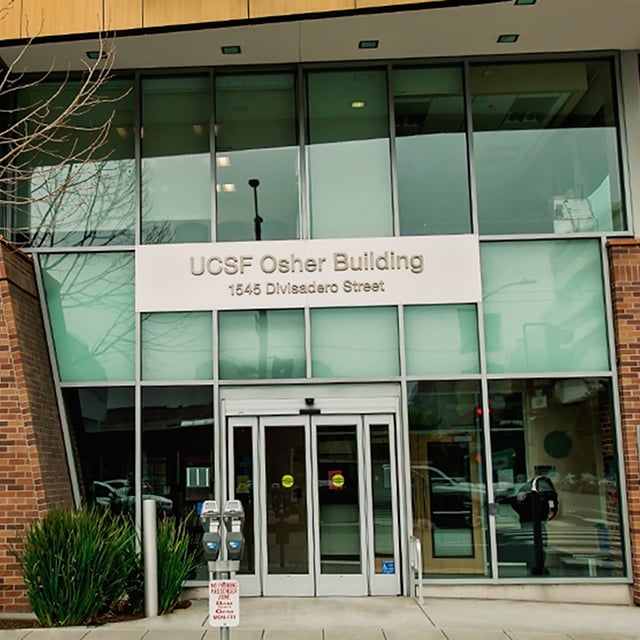
Osher Center for Integrative Health
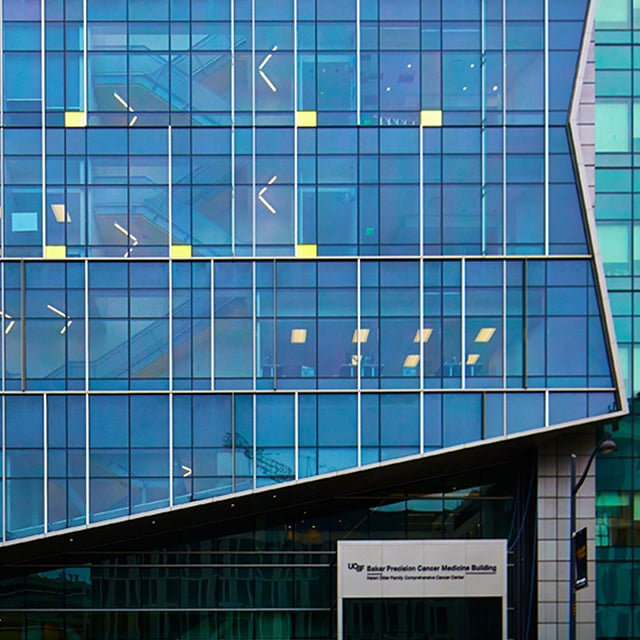 2
2






